HEALING
“I will give thanks to You, for I am fearfully and wonderfully made; wonderful are Your works, and my soul knows it very well.”
Psalm 139:14
Our bodies are wonderfully designed to handle an incredible amount of abuse, but eventually all the system disruptors start causing chronic problems. One of them becomes “the straw that broke the camel’s back.”
With any kind of health problem you want to treat the cause, not just the symptoms. But finding the cause is not always easy. When my family started experiencing all kinds of symptoms, for the first several years we didn’t know that mold toxins were the root cause, especially at first. Random systems just kept going haywire.
As a result, we ended up optimizing our health in just about every way imaginable. If we hadn’t, the compounding problems would have been a lot more unbearable. If you have a small problem with your automobile, ignoring it can lead to much bigger and much more expensive problems. The same is true with our bodies. Taking responsibility for your health and being proactive keeps your systems running smoothly.
We’re going to share some of the things that were helpful for us, but don’t mistake them for medical advice. You should consult your medical provider for your unique needs. We recommend a mold-aware integrative or naturopathic doctor. For Mold Toxin Illness the #1 most important step towards healing is mold avoidance. There is no pill to pop that will make it stop.
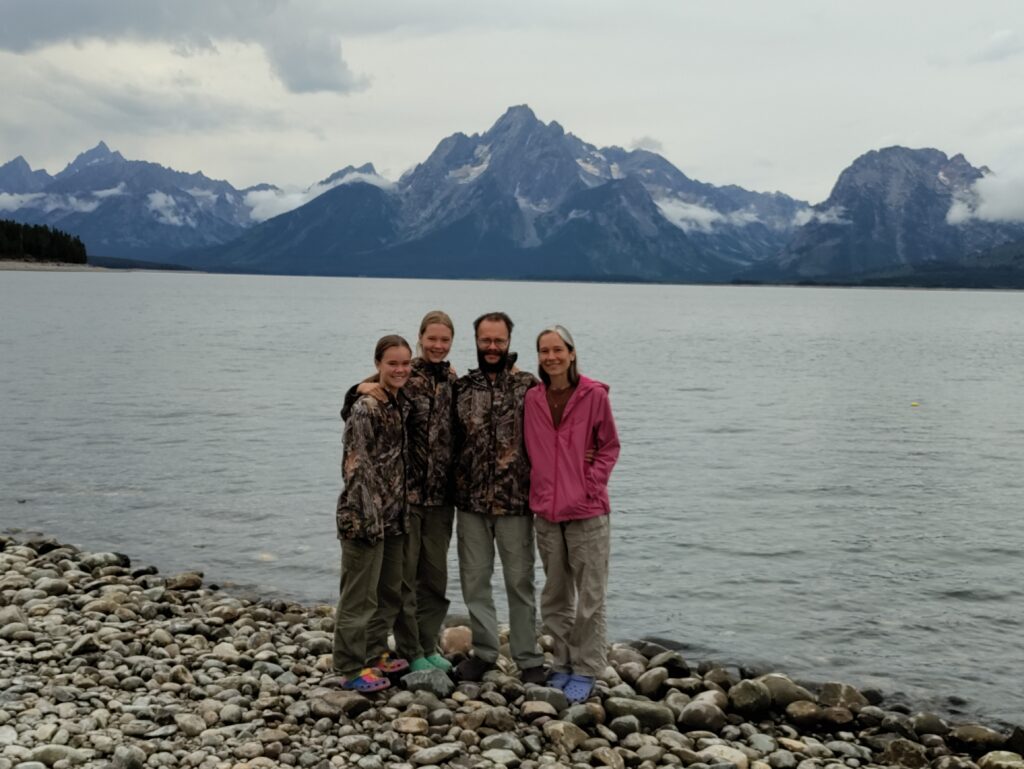
Seven Self-Evident Secrets
We say these are self-evident because almost everybody recognizes them as true (we encourage you to do an internet search for anything below that is new to you) and we call them secrets because almost everybody acts like they are unaware of them. It’s as if they are under a spell, acting against their own self-interest, living in self-destructive ways, hurting themselves and their loved ones. It takes a lot of propaganda to get people to behave this way!
Seven Health Pillars for Peak Performance vs. Seven System Disruptors that Add Up to Cause Chronic Illness:
1. Food
Medicine or poison? That all depends on whether you eat real food or junk food. Food can be helpful or harmful. Junk food can lead to a host of problems including gut permeability (aka. leaky gut) which can lead to autoimmune disease among many other problems.
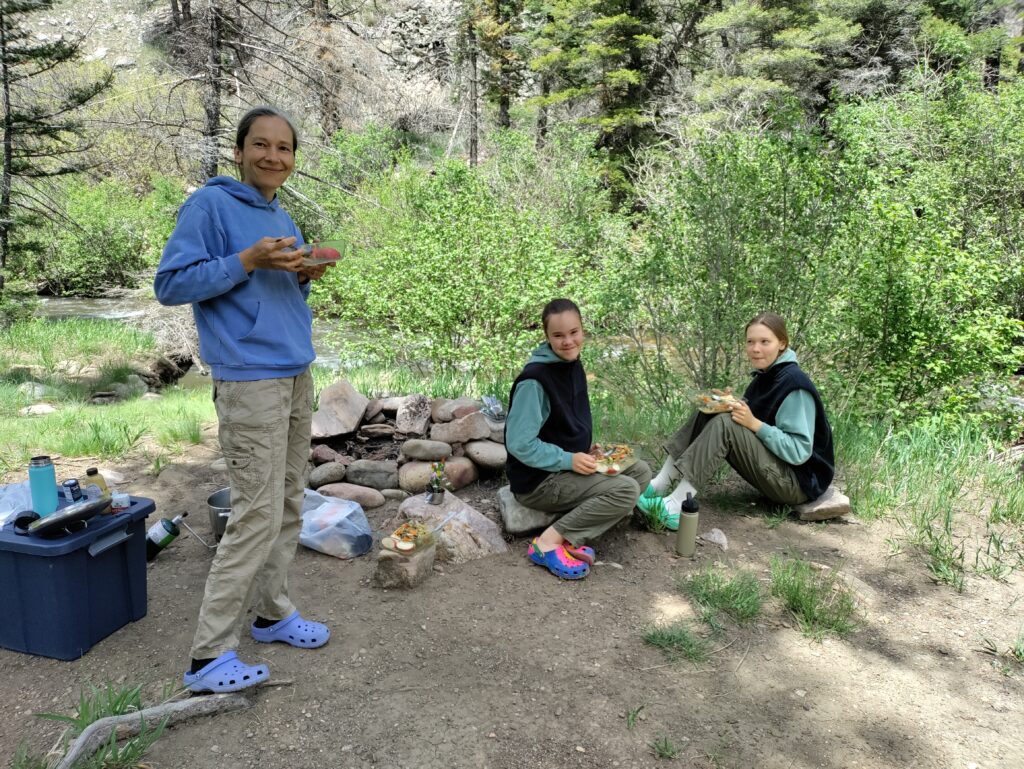
The way food is produced and processed has a major impact on its health benefits. The nutritional value deteriorates dramatically from the moment it is harvested. Real food (ie. grown or raised without synthetic inputs) created by God is good for you if it is received with gratitude. Junk food made of refined carbohydrates (eg. just about anything “white”) and GMO, ultra-processed, or artificial “food” and ingredients are connected with innumerable health problems.
Mold Toxin Illness is one of the system disruptors that can cause a variety of food sensitivities to develop, as happened to us. I started experiencing various chest pains, some in the liver and some heart attack-like symptoms. Once we figured out I was suddenly sensitive to tomatoes, dairy, gluten, and coffee, the problems went away after eliminating them.
Up to 45% of the population suffers from food sensitivities. Sometimes it’s not actually the food you’re sensitive to, but the inputs such as pesticide used on that food. The body may react in a variety of uncomfortable ways such as gas, bloating, diarrhea, cramping, nausea, congestion, tiredness, fatigue, skin conditions, aches and pains, headaches and brain fog.
Discovering individual food sensitivities and removing them from your diet can go a long way towards finding relief. The two most effective ways to find out if you have food sensitivities are through journaling or an elimination diet. Neither are difficult; they just require a little discipline.
With journaling you simply record the date and time of exactly what you eat as well as every symptom you feel. It can take up to three days before you begin to experience a reaction from a food sensitivity. This can make it challenging to pinpoint without a journal. Once you have a bit of a record you can begin looking for patterns. If you identify a potential problem food, remove it from your diet for at least two weeks and then monitor the results when you reintroduce it.
There are many elimination diet methods, but the simplest one to try first is to eliminate the most common problem foods for a couple weeks and then reintroduce them one at a time, paying close attention to how you feel for a few days before reintroducing the next one. The most common problem foods are:
- Grains (eg. wheat and corn)
- Legumes (eg. beans and peanuts)
- Tree nuts (eg. cashews and pistachios)
- Nightshade vegetables (eg. tomatoes, potatoes, eggplant, and peppers)
- Pasteurized dairy (especially from cows raised on corn and soybeans)
Short of these approaches, sometimes reactions are immediate enough that you can tell just by paying careful attention that certain foods give you problems.
The good news is that after you get away from the mold toxins and heal your gut, something we focus on here at Sabbatical Ranch, most food sensitivities will go away and you can begin eating those foods again. We found that our health requires organic produce (equivalent or better) and free-range/grass-fed meat, eggs and raw milk. We understand food sensitivities and have learned to accommodate most of them.
2. Movement
We were made to move. Our bodies are designed for it. Outdoor movement is even better because the sunlight boosts your vitamin D. Sufficient movement has more benefits and insufficient movement causes more problems then we have time to cover here. It would be hard to exaggerate the importance of sufficient movement for your physical and mental healing and health.
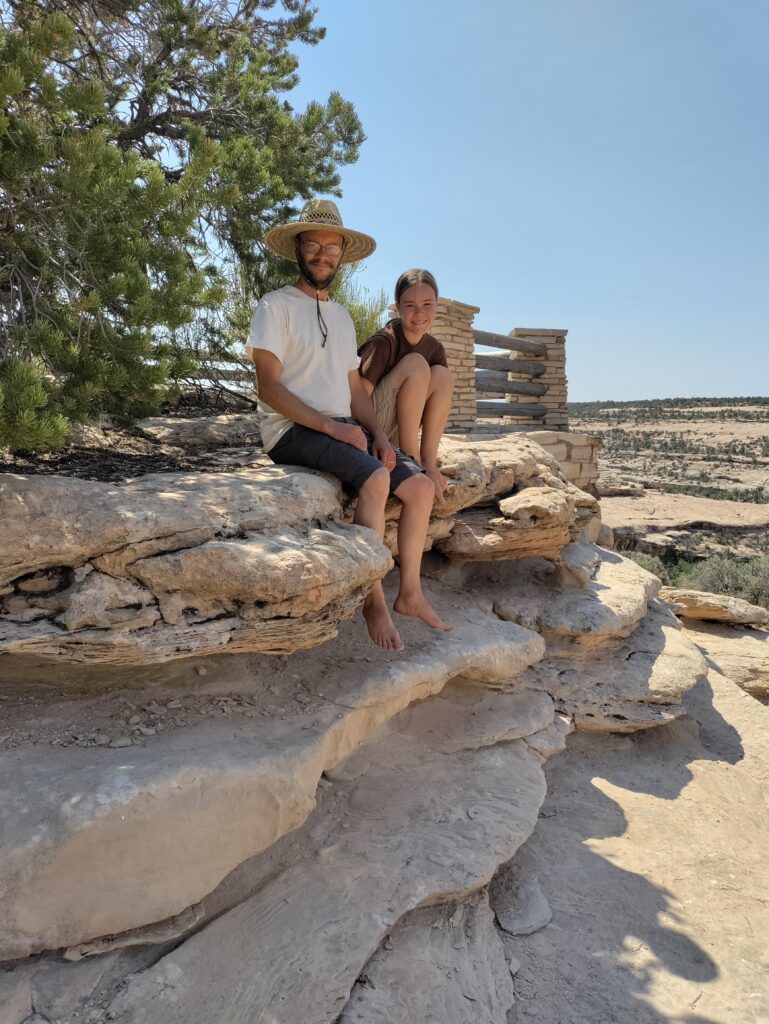
Here’s an example. Just about everyone is probably familiar with the oversimplified circulatory system depicted as your heart pumping blood to carry nutrients throughout your body and carry waste away. That’s part of the story.
Muscles actually help pump blood when they are working. Working muscles draw nutrients and flush toxins while unworked muscles become more like a sticky swamp. There’s no flow of nutrients and waste – including toxins – builds up in unworked areas of the body. Then disease sets in. You have hundreds of unique muscles in your body. You can’t move them all by repeating the same exercise routine over and over. You need variety, which is also good for your brain.
Fresh, healthy food and adequate movement are both critical for your vitality and energy. If you’ve had a job or lifestyle without much movement, it may seem difficult to move more. But the more you move the easier it gets and the more energy you’ll have. Keep the stress level at about a 3 out of 10. If you push too hard too fast, it’s actually counterproductive and you can easily injure yourself – which is not the goal! Just push yourself a little harder each day and before you know it, you’ll have plenty of strength, endurance, and energy, particularly in conjunction with all seven secrets.
What kind of movement should you practice? Whatever will get you moving. When should you do it? Whenever you’re most likely to. Start easy, start small, just start moving more.
Here are some ideas that can help develop a movement mindset: pick parking spots further from the door rather than closer, take the stairs instead of the elevator, do your own yard-work instead of hiring someone to do it, go barefoot instead of wearing restrictive shoes, do more things by hand rather than using a machine, choose active sitting on a bench or the floor rather than recliners, walk places you can instead of driving, clean your own house rather than hiring someone to do it, choose active recreation such as hiking, biking, etc.
Figure out ways to get your heart pumping, your breathing heavy, your muscles exhausted, or your body sweating several times per week. This kind of stress is good for your body and brain; variety makes it even better. And sweating helps clear toxins from your body; just be sure to wash it off so it doesn’t reabsorb.
At Sabbatical Ranch we practice amazingly simple, beneficial, regenerative ways of moving.
3. Sleep
Roughly 1/3 or more of your life is spent sleeping – that is if you’re getting enough quality sleep to detox and reset your systems every night. Inadequate sleep is a major system disruptor that can contribute to all kinds of problems.
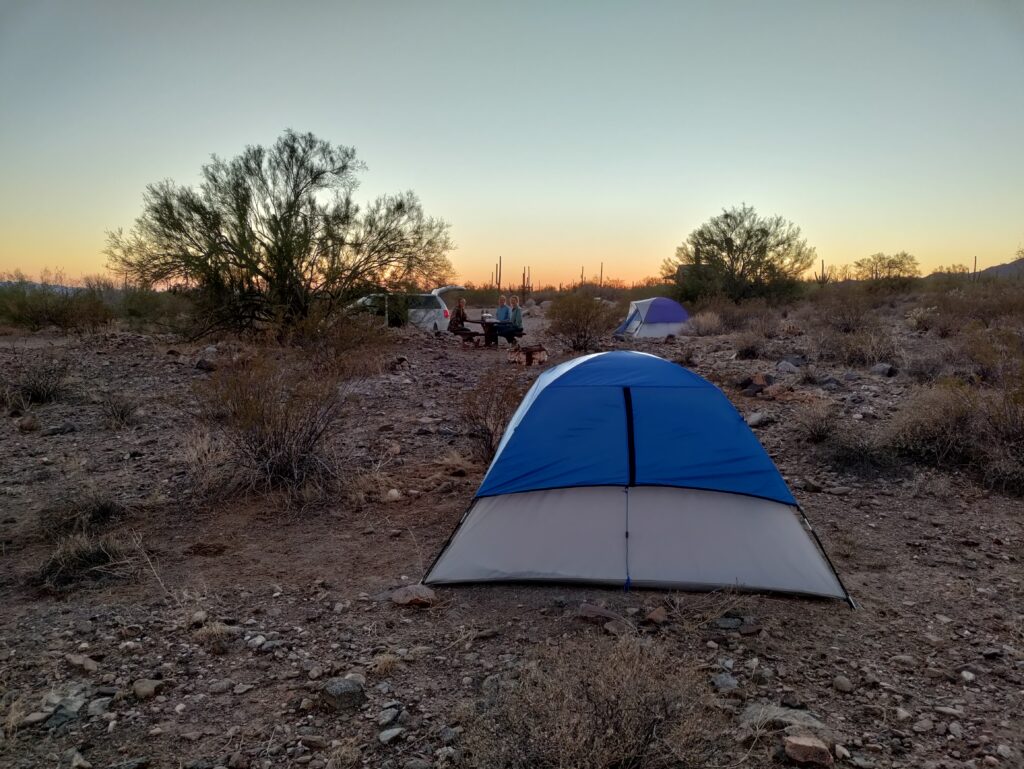
The importance of good sleep for your overall health and healing necessitates making whatever adjustments are needed to make it happen. Mold Toxin Illness can contribute to poor sleep. So can other system disruptors such as stress. Stress can come from a variety of sources such as work, relationships, and media. We’ll talk more about stress below.
Proper nourishment and intermittent fasting work together to improve your health and sleep. With intermittent fasting you try and go at least 12 hours every night without eating. It’s best not to eat for at least a couple hours before bedtime so your body can completely digest your meal before lying down. And avoid any kind of stimulants or toxins such as caffeine, nicotine, alcohol or mind-altering drugs.
Tiring your body out during the day with sufficient movement helps you sleep better, but it’s best not to exercise too close to bedtime because it can energize you. In order to improve your sleep you want to spend the last hour or so before bedtime calming your mind and body. Things like hot baths, massage, relaxing herbal teas, soft music, dim lights or whatever else you’re in the mood for – as long as it helps you relax.
Having a regular wake-up time and sticking to it – even on mornings when it’s tough – can really help you be tired enough to go to sleep when it’s time. Follow sunset and sunrise – the earth’s circadian rhythm – as closely as is practical. When the natural light of the sun goes down, your body starts shutting down in preparation for sleep. Bluelight disrupts this natural cycle, which is why you want to avoid screens for at least an hour before bedtime.
But one of the most important factors is your sleep environment. Sleeping with mycotoxins is obviously not a good idea, but what about other toxins? Is your face next to a pillow or mattress that is off-gassing? Or is your bedding filled with dust mites and their feces?
For our sabbatical we put a lot of effort into getting bedding and tents with as little off-gassing as possible. We also shook and hung up our bedding in the sun every day or so, which acts as a disinfectant. For the first time for as long as I can remember, I quit waking up with a slightly stuffy nose every morning. The girls experienced similar results. This was likely the result of controlling dust mites and their feces, one of the most common allergens and irritants.
4. Microbes
Until recent decades, people didn’t understand the importance of a healthy microbiome and they tried to wipe out all microbes with disinfectants, antibiotics, and antibacterial products that kill 99.9% of bacteria. This creates an unnatural environment that has resulted in serious problems.

It’s the surviving 0.1% that you should be worried about! Germs that survive and reproduce are more resistant to the attacks. Called Superbugs, these are a worldwide cause of alarm. They hide out and thrive in biofilm that is almost unaffected by harsh chemicals, but people and pets are affected by the harsh chemicals. Hospitals attempt to create a sterile environment and have become the main source of Superbugs!
Some important terms to understand:
- Microbiome: all the microbes that live in a particular environment (e.g. every surface in and on your body, home, and workplace); when the good outnumber the bad, there is health
- Germs, pathogens: bacteria, viruses, fungi, or protozoa that cause odors, irritations, infections, illness, or disease
- Superbugs: multi-drug resistant germs; healthcare-associated infections (HAI) such as MRSA; common in hospitals because hyper-disinfection and antibiotic overuse kills their competition
- Biofilm: is everywhere and on everything; e.g. dental plaque; built by microbes for food and shelter; highly resistant to chemical cleaners and disinfectants; allows germs to thrive, produce odors, and release new colonizers
- Sick Building Syndrome: when bad microbes outnumber the good, it creates an unhealthy microbiome that has increasingly harmful effects on residents the more time they spend there
- Dysbiosis: when bad microbes outnumber the good in your body; this imbalance is a system disruptor that results in disease; opportunistic pathogens flourish whenever any system disruptors are at play
- Probiotics: beneficial microbes that live inside and outside of you and everywhere else; when applied to surfaces, they consume allergens and biofilm, control germs, and eliminate odors
- Quorum sensing & competitive exclusion: probiotics consume the available food, overwhelming other microbes and causing them to shut down eating and reproduction and go into hibernation
One bite of fermented foods contains many times more probiotics than supplements. Examples include yogurt, kefir, saurkraut, and kimchi. At Sabbatical Ranch we include fermented foods as a regular part of our diet and we use probiotics for external cleaning applications as well. A healthy microbiome can actually prevent mold growth. Prebiotics and postbiotics are also important.
Eating prebiotics feeds and strengthens the probiotics in your gut. Probiotics actively help your digestive system and immune system, among other benefits. Prebiotics are in many of the real foods we talked about earlier, whereas junk food hurts the good microbes and strengthens the bad! Examples include fiber in beans and vegetables such as onions and garlic.
Postbiotics are nutrients and compounds produced by probiotics when they consume prebiotics. Postbiotics are actually the benefits typically attributed to probiotics and prebiotics. One example is on-demand production of whichever enzyme is needed for a specific job (eg. biofilm busting).
5. Chemicals
Many people with Mold Toxin Illness end up with multiple chemical sensitivities. We couldn’t walk down certain aisles in the store without experiencing flash headaches. And I’m not talking about the soap aisle; we avoid those by making or ordering our own natural cleaners. The camping gear aisle was a real problem because of VOCs from all the freshly unpacked synthetic materials.
VOC means volatile organic compound. It’s the off-gassing of chemical vapors and may or may not have a smell. Most people can relate to the “new car smell” that’s a result of all the freshly made synthetic material that can take up to a year to off-gas. VOCs help make indoor air pollution in the average home five times worse than outdoor air pollution. Common sources include new carpet, new paint, new furniture, new toys, household cleaners, and fragrances. Personal care products can not only release VOCs, they can also be absorbed directly through your skin.
Many manmade chemicals are harmful for everyone, but otherwise healthy people typically experience milder symptoms unless they are exposed for long periods of time. The same is true of the mycotoxins produced by mold, which is a type of chemical. Mold can live hidden inside walls while the mycotoxin VOCs come right through the walls and cause progressively worse symptoms over time. Mycotoxins often have no smell.
Side effects from drugs can also be a major source of problems and they are often prescribed for symptoms without addressing the root cause. And then additional drugs are prescribed for the side effects from the last one. The reality is that there are often better and gentler natural alternatives without the side effects of synthetic drugs.
Did you know that textiles are routinely sprayed with pesticides (as is food, lawns, homes, and other buildings – inside and out) so they don’t get ruined by bugs during transport? “Cide” means “kill” and anthing with cide in the name is designed to kill. If it can do that to small living organisms, it can also harm you if it gets on or in your body. I got a skin rash from some new underwear we had gotten for our sabbatical and hadn’t washed before wearing. As soon as it was washed the irritation went away. Lesson: Always wash new clothes before wearing.
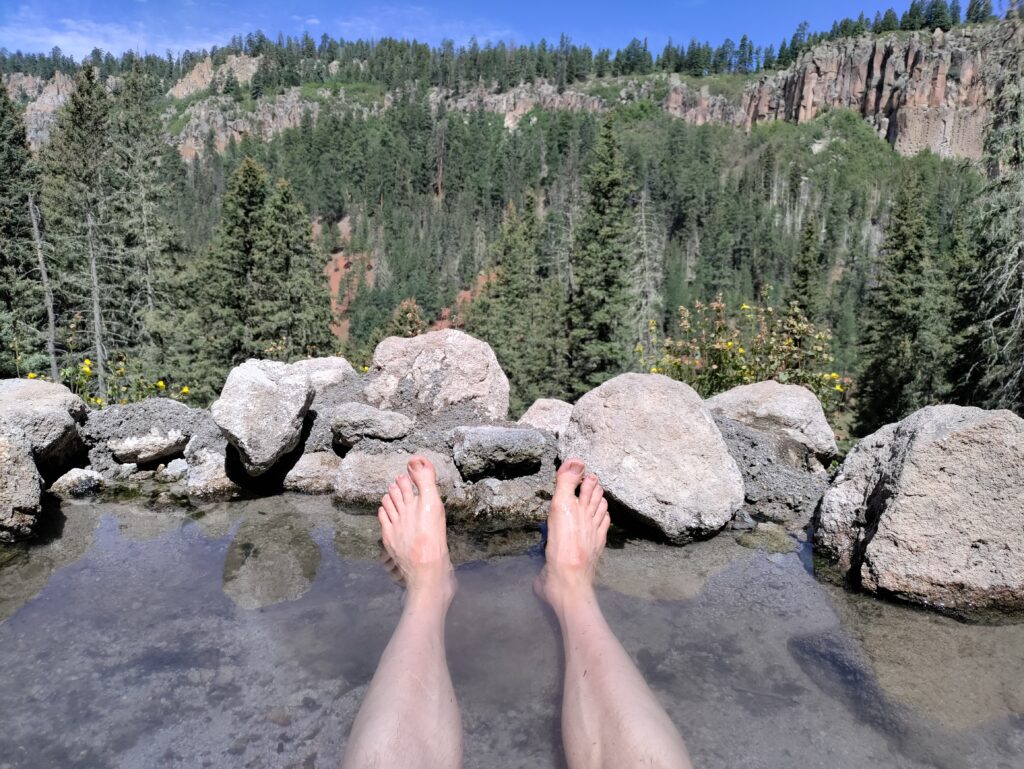
Not all chemicals and VOCs are toxic. Healthy plants make many beneficial chemicals called phytochemicals. These help them fight disease, ward off pests, and survive harsh environmental conditions. They benefit us in similar ways when we eat them! All fruits and veggies have these to some degree, but culinary and medicinal herbs are especially loaded. Herbs can support healing various systems of the body. It’s also been found that spending time in forests and near open bodies of water provides a significant boost to your immune system because of the good VOCs present.
We are very deliberate in the design of Sabbatical Ranch and go to great lengths to avoid harmful chemicals and to benefit from helpful ones.
6. Soul
Peace of mind is soothing and good for the soul, whereas anxiety, stress, and worry create inner turmoil in more ways than one. That inner turmoil is another system disruptor that can literally be just as toxic – if not, more so – as anything else we’ve talked about.
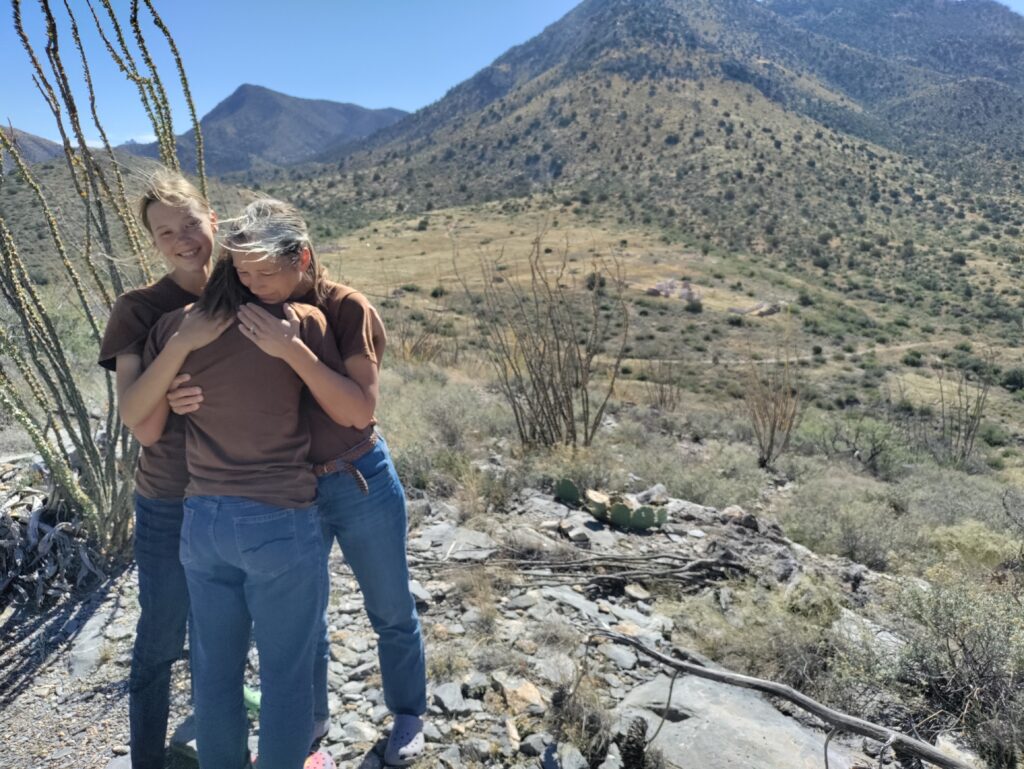
When faced with a sudden danger, you get an adreniline rush that provides numerous benefits for dealing with an emergency situation, but at the expense of most of the systems needed for maintaining your health. This is fine for a short time until the danger is over, but it becomes a serious problem if it is ongoing.
For many people anxiety, stress, or worry are ongoing day after day! It stems from habitual ways of thinking, the media they consume, or the condition of their relationships. A key principle here is mentally moving on after being faced with a stressful situation – rather than ruminating on it. After a danger has passed, breath a sigh of relief, laugh out loud, and go on your way rejoicing!
“A joyful heart is good medicine, but a broken spirit dries up the bones.”
Proverbs 17:22
The good news is we get to choose what kind of attitude we’re going to have. We can’t control all of life’s circumstances, but we can control how we respond to those circumstances. It’s not a matter of if, but a matter of when the next challenge will arise. Knowing this ahead of time, we can mentally prepare to overcome with a great attitude.
Consider carefully the media you consume. Is it uplifting and encouraging? Does it focus your attention on things that are noble and things that give hope? Or is it hopeless and discouraging and focus on bad news or gossip? Certainly there’s bad news we have to deal with, but focus on solutions rather than dwelling on problems.
“Be anxious for nothing, but in everything by prayer and supplication with thanksgiving let your requests be made known to God. And the peace of God, which surpasses all comprehension, will guard your hearts and your minds in Christ Jesus. Finally, brethren, whatever is true, whatever is honorable, whatever is right, whatever is pure, whatever is lovely, whatever is of good repute, if there is any excellence and if anything worthy of praise, dwell on these things.”
Philippians 4:6-8
A sabbatical may be just what you need to break bad habits and de-stress. Sabbatical Ranch aims to be a place of peaceful healing and rejuvenation where you can fill your toolbox with beneficial habits.
7. Spirit
God created you and loves you so much He wants to spend eternity with you. You have spiritual needs right now that have physical ramifications. God knows what’s best for you and gives you His word so you can know, too!
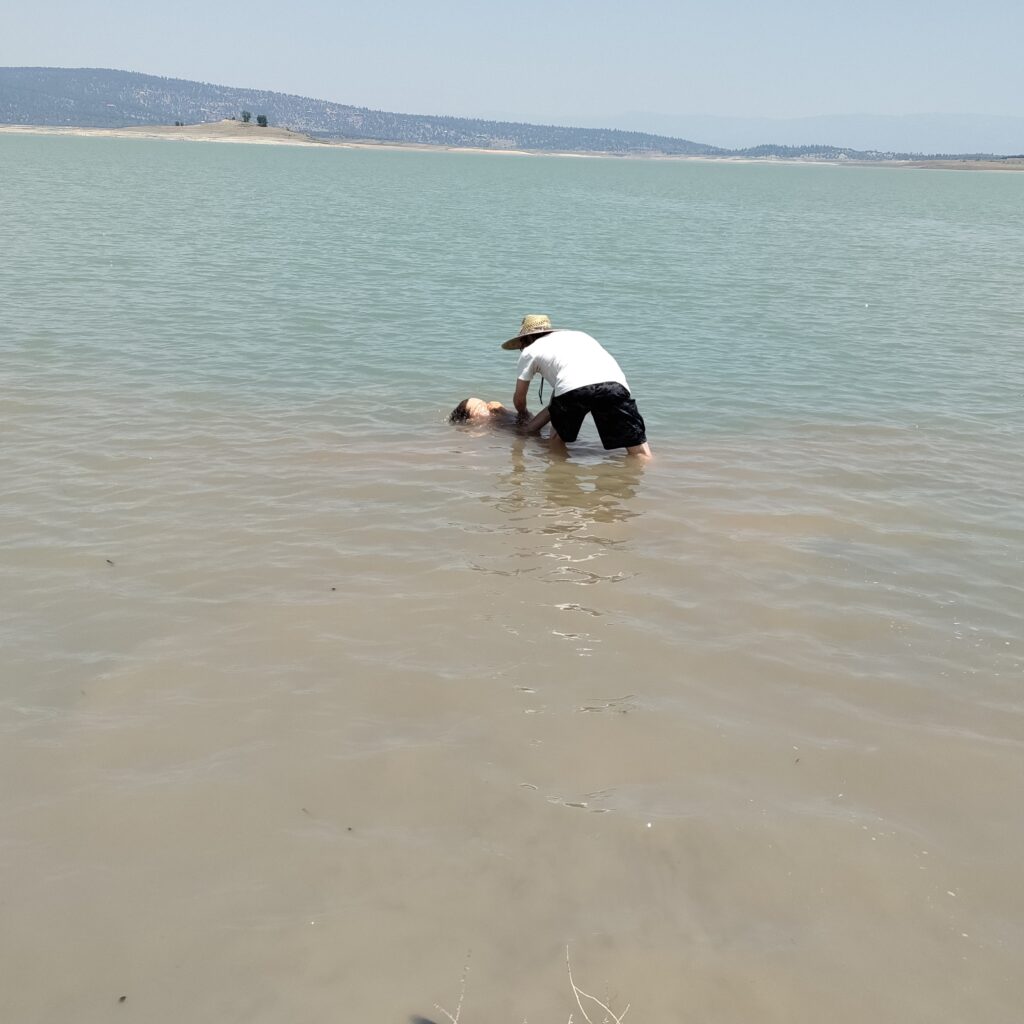
Scripture warns that each one selfishly does what’s right in his own eyes and suffers the short- and long-term consequences thereof. It destroys your relationship with God and others and gives you a guilty conscience that makes you feel bad (it can eat away at your spirit and drive you mad), whereas a clean conscience makes you feel great!
The solution to a guilty conscience is to fix your relationships with God and man. This involves love and forgiveness. Jesus set an example for you to follow in His steps. He selflessly offered Himself on the cross as a substitute sacrifice to pay the price for your sins.
If you keep replaying in your mind the way someone mistreated you, you’re allowing them to hurt you over and over again as you keep regenerating the same painful emotions. It hurts God when you mistreat Him or any of His children. But instead of dwelling on it, He freely offers His love and forgiveness which results in a clean conscience.
This should move you to feel genuinely sorry for your sin, change your ways, and seek forgiveness from God and others. You can then follow His example and offer love and forgiveness to those who have mistreated you. If for any reason you can’t contact someone, you can still love and forgive them in your heart and let go of any grudges or bitterness that’s been a system disruptor like any of the others.
Imitating God’s love results in changing your thoughts, words, and actions from selfish to selfless. It’s counterintuitive, but it’s more joyful and fulfilling to love others than to be greedy and self-centered. It’s a mindset that inspires others and builds valuable, supportive, long-term relationships.
“In everything I showed you that by working hard in this manner you must help the weak and remember the words of the Lord Jesus, that He Himself said, ‘It is more blessed to give than to receive.’”
-Paul, Acts 20:35
We read the word of God together and are inspired by it every day at Sabbatical Ranch. If you visit, consider joining us. Come to heal. Go to heal others.
